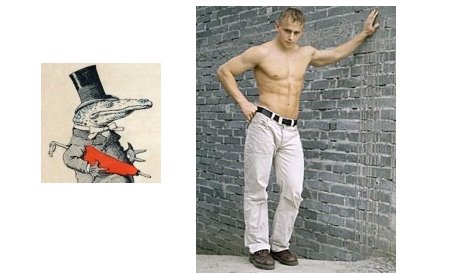There is a connection here with my readings of Luhmann, Nassehi and other German sociologists/philosophers of the "radical constructivist" type. I find that their ideas are easy to understand when understood as schematic, visualizable scripts. But more on that mysterious remark in later posts. Whiteley's suggestions are straightforward enough:
Context:
I am a research mathematician, working in discrete applied geometry. My own practice of mathematics is deeply visual: the problems I pose; the methods I use; the ways I find solutions; the way I communicate my results. The visual is central to mathematics as I experience it. It is not central to mathematics as many teachers present it nor as students witness it. This contrast is striking.
I also work with future and in-service teachers of mathematics: elementary, secondary and post-secondary. They are surprised to learn that modern abstract and applied mathematics can be intensely visual, combining a very high level of reasoning with a solid grounding in the senses. They wonder how good visual work in elementary school connects to their own experiences with algebraic and formula centric (but visually meager) presentations of mathematics in courses. They wonder how any of these approaches connect to students’ future work that might use mathematics. They suspect that visual and hands-on work is not the ‘real math’ but is a crutch or bridge to be left behind as one matures. They are surprised at distinct and varied forms of visual reasoning within mathematics. They are surprised that what their students see is not what they see. We cannot just show a visual and say ‘behold’. Learning to effectively use visuals takes as much teaching and time as algebraic and symbolic reasoning [7,31]. The challenge is that visual representation and thinking skills can be as important to students’ futures as the symbolic and language based reasoning.
...
Claim 5:
We create what we see. Visual reasoning or ‘seeing to think’ is learned. It can also be taught and it is important to teach it.
Comments:
As cognitive science reports, we learn to see [13,21,23,24,26]. We learn what to notice and what to ignore, and how to interpret ambiguous cues. We work with images in the brain, as wholes and as parts, with symmetry, and with transformations at many levels [15]. In mathematics, what the expert sees and does with an image is not what the novice sees, even with the same diagrams. What the teacher sees is not what the students see. What one student sees is not what their neighbor sees. All of these differences impact our classroom work with diagrams and visuals. Since we create what we see, we can change what we see. Consciousness of alternative ways to see, and of the value of seeing differently, is one step. It takes ongoing guidance (cognitive apprenticeship), practice and evolving imaging (and imagination) to ‘learn to see like a mathematician’[7,31]. A well-known book on learning to draw says: “I will change how you see and the rest will be easy” [9]. Something analogous can be true for the learning of mathematics.
...
Claim 6:
Visual and diagrammatic reasoning is cognitively distinct from verbal reasoning.
Comments:
Brain imaging, neuroscience, and anecdotal evidence confirm this distinction, in the brain and in functional problem solving. Imaging suggests connections of mathematical reasoning with brain areas for eye-hand coordination, and an association of visual and kinesthetic reasoning. For example, we do proportional reasoning in this area of the brain, appearing to use a logarithmic number line associated with eye-hand coordination [1,5,16,17]. Studies of the brain during problem solving show distinct paths and forms for visual reasoning and verbal reasoning. Symbolic reasoning appears to be a distinct amalgam of these, with parallel paths dependent on parallel representations. To quote C.S. Pierce: "Diagrammatic reasoning is the only really fertile reasoning."




